1. Grizzly Bears: Nature’s Biggest Power Lifters
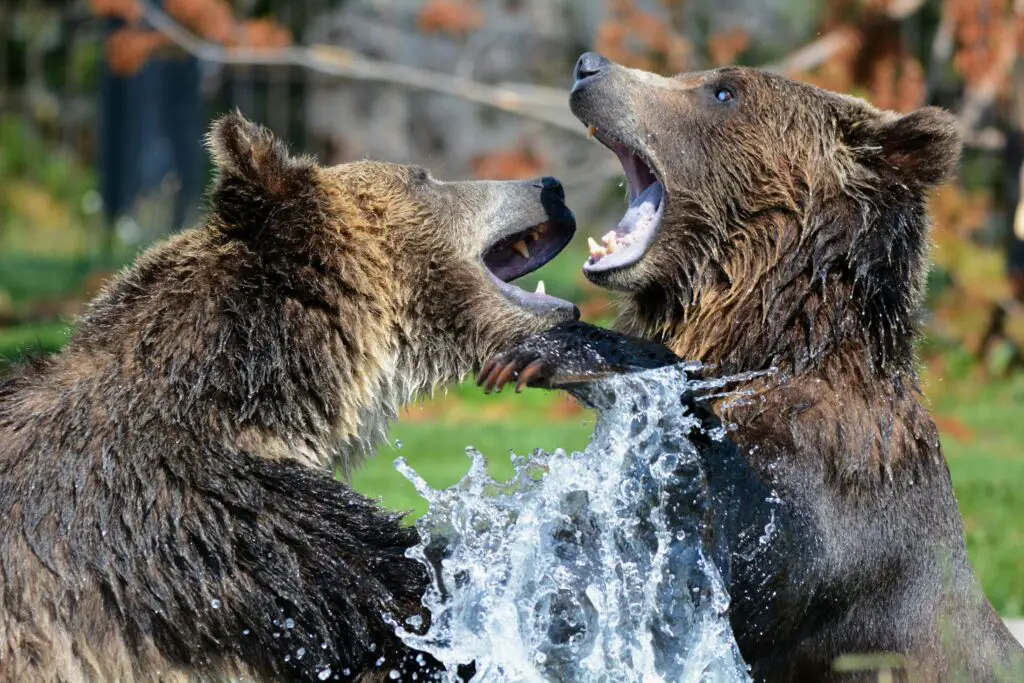
Grizzly bears are majestic, but they’re not the kind of neighbor you want to meet on a hike. Found mostly in the northern Rockies and Alaska, these bears can weigh up to 800 pounds and run faster than most humans. If you stumble upon one, don’t run—it triggers their chase instinct. Instead, make yourself appear large, stay calm, and back away slowly. A mama grizzly with cubs? Double the danger. They’re extremely protective and will see you as a threat even if you’re just passing through.
2. Alligators: America’s Ancient Predators
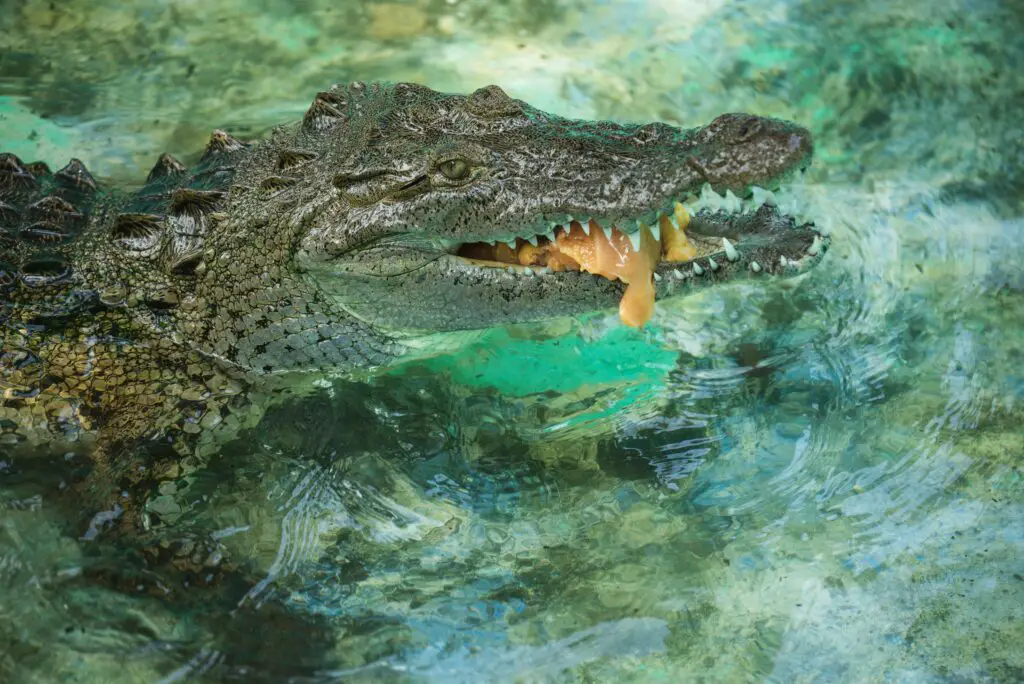
Alligators might look slow, but don’t let their lazy swamp lounging fool you—they can sprint short distances on land and launch into the water like rockets. Common in the southeastern U.S., particularly Florida, these reptiles have one of the strongest bite forces in the animal kingdom. They usually avoid humans, but feeding them or getting too close could change that dynamic quickly. If you spot one, admire it from a distance. Swimming in their territory, especially at dusk or dawn? A hard pass.
3. Black Widow Spiders: Small but Mighty Venomous
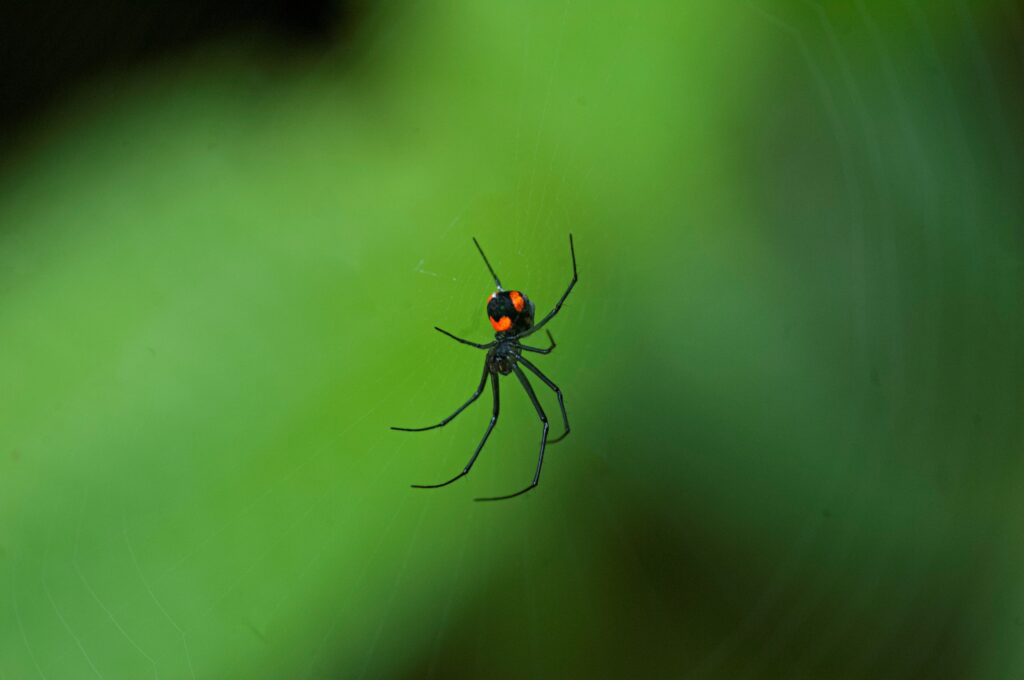
Black widow spiders are the stuff of nightmares, with their glossy black bodies and iconic red hourglass markings. Found across the U.S., they love hiding in dark corners, woodpiles, and garage crevices. Their venom is potent, causing pain, muscle cramps, and nausea. The good news? Bites are rarely fatal if treated promptly. Still, if you’re moving firewood or cleaning out an old shed, gloves are your best friend.
4. Mountain Lions: The Stealthy Stalkers
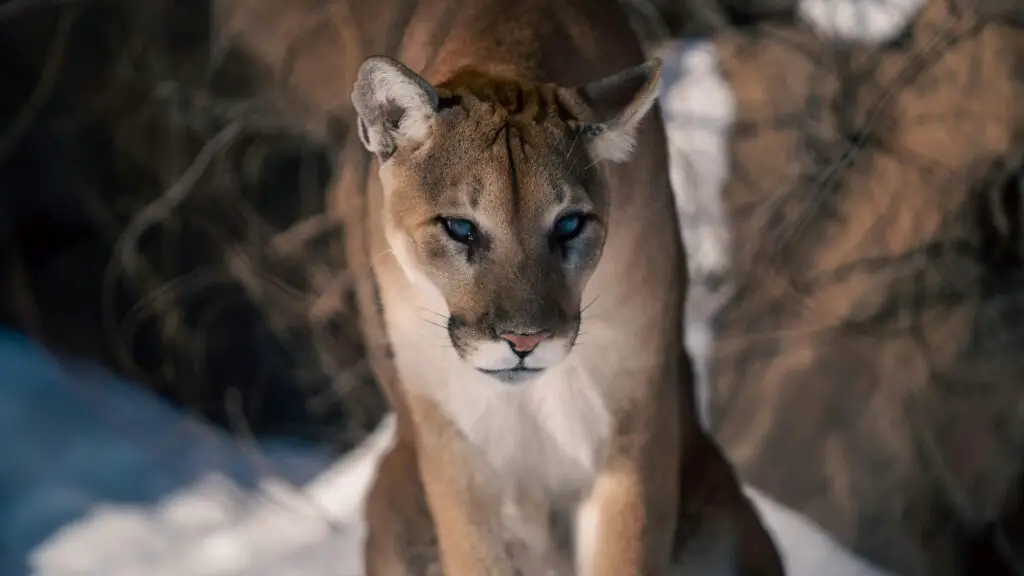
Mountain lions, also called cougars or pumas, are elusive predators that roam the western U.S. and parts of Florida. They’re incredibly powerful and stealthy, capable of stalking prey silently for hours. While attacks on humans are rare, they do happen. If you encounter one, don’t turn your back or run. Face it, make noise, and try to look intimidating. Keep kids and pets close—mountain lions see smaller creatures as potential prey.
5. Rattlesnakes: The Original Warning System
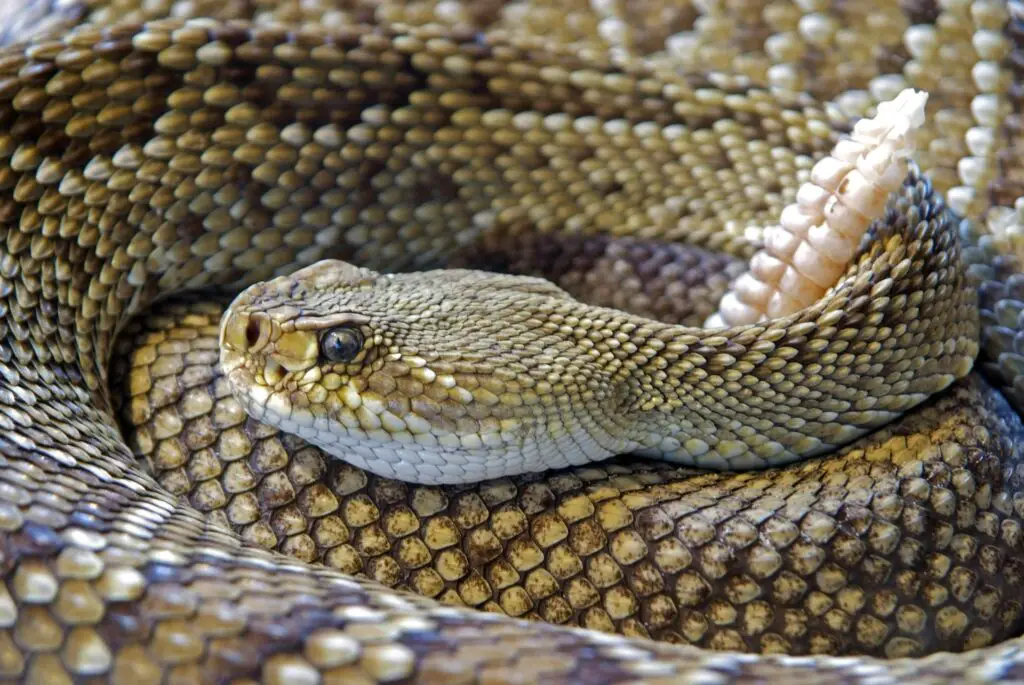
With their signature rattle, rattlesnakes are polite enough to warn you when you’re too close. Found across much of the U.S., particularly in arid regions, these snakes strike when threatened. Their venom can cause severe pain, swelling, and tissue damage. Wear boots and stick to trails when hiking in snake country, and if you hear that chilling rattle, freeze and locate the snake before moving away carefully.
6. Coyotes: Clever Opportunists
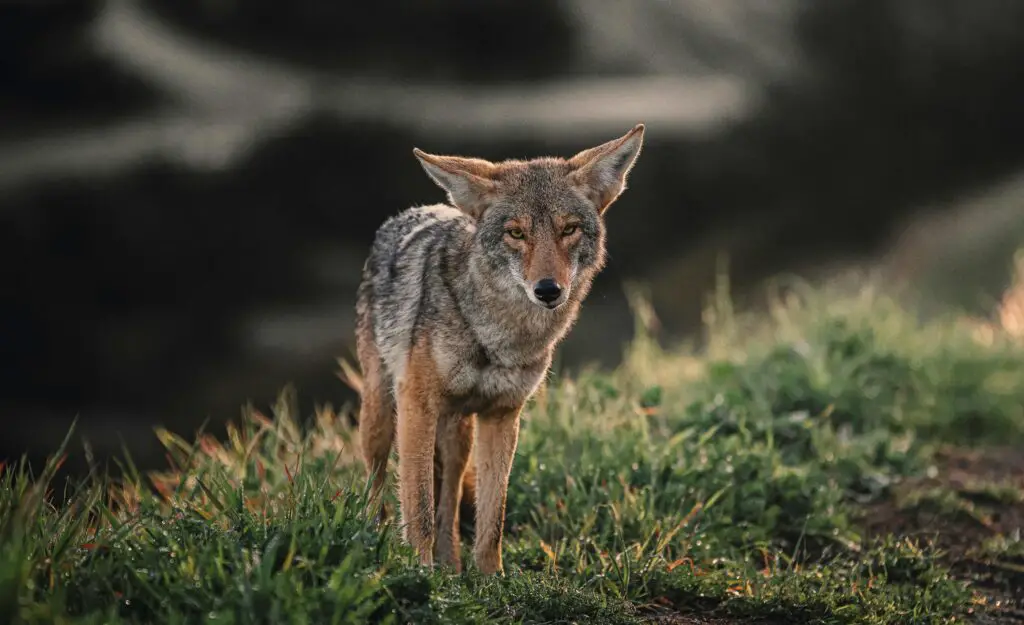
Coyotes may look like scruffy dogs, but they’re wild animals with sharp instincts. Found across the U.S., they’re known for their adaptability and intelligence. They usually avoid humans but might become aggressive if cornered or if food is involved. Keep your trash secured, and don’t feed them—they quickly lose their natural fear of people. If you see one, wave your arms and shout to scare it off.
7. Bull Sharks: The Bold Swimmers
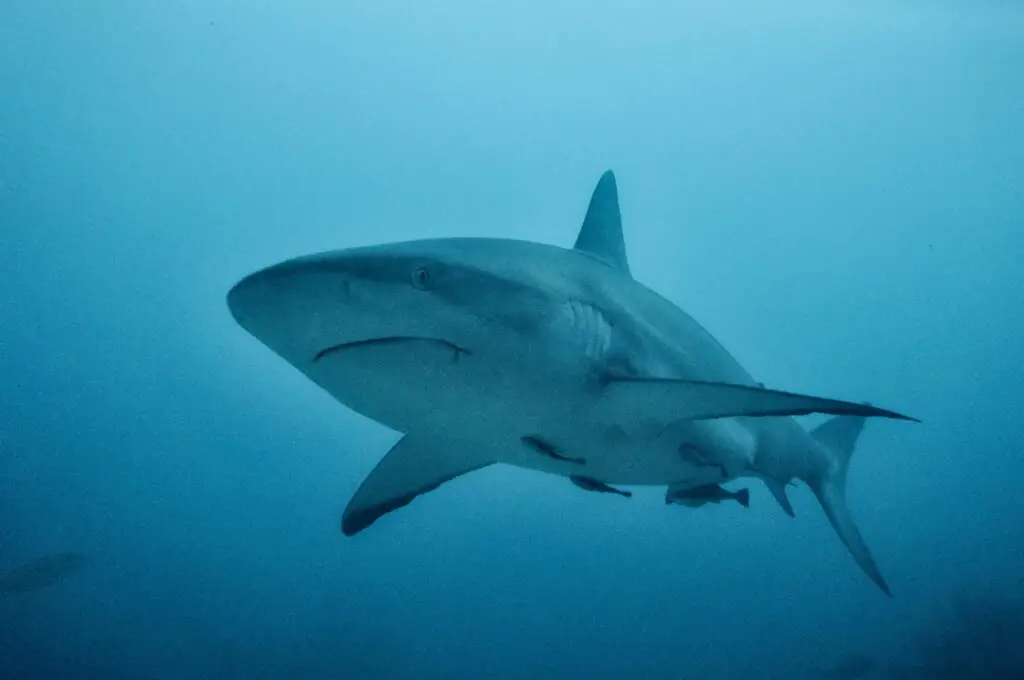
Bull sharks are found in coastal waters, but they’re also one of the few shark species that can thrive in freshwater rivers and lakes. They’re known for their aggressive behavior and territorial nature, which makes them one of the most dangerous sharks to humans. If you’re swimming or fishing in murky waters near the coast, stay vigilant. Bull sharks are more active during early morning and late evening hours.
8. Jellyfish: Silent Stingers of the Sea
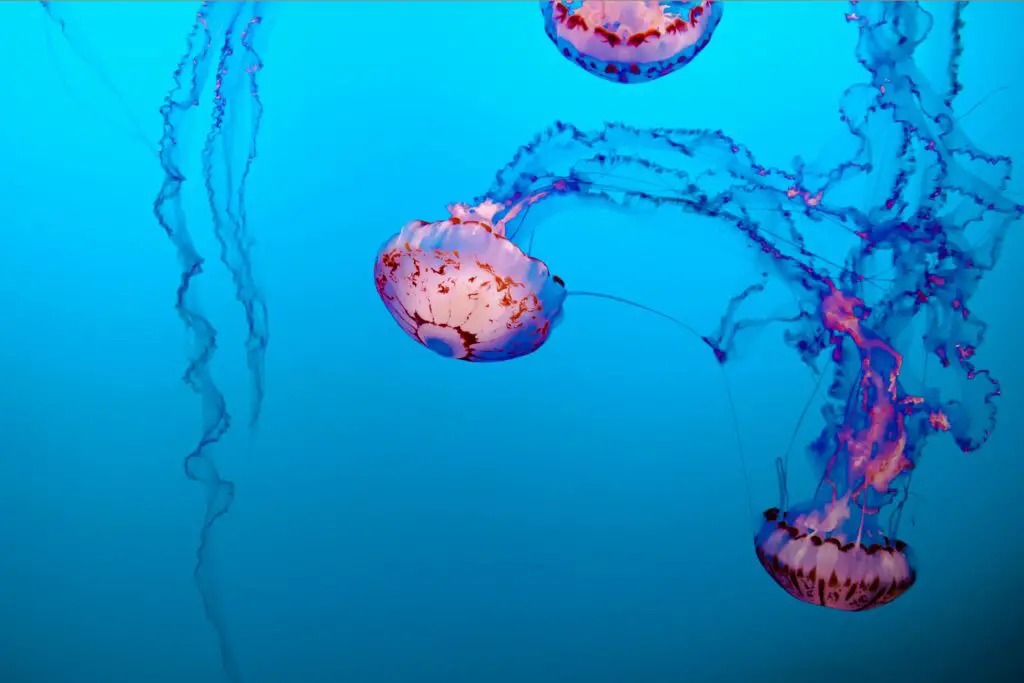
Jellyfish might look like floating balloons, but their tentacles can pack a painful sting. The box jellyfish, found in U.S. waters like Hawaii, is particularly dangerous, with venom that can cause severe pain, heart issues, or even death. If you’re swimming in the ocean, keep an eye out for warnings about jellyfish blooms. If stung, vinegar can neutralize some stings, but always seek medical attention if symptoms escalate.
9. Wolves: Wild and Wary
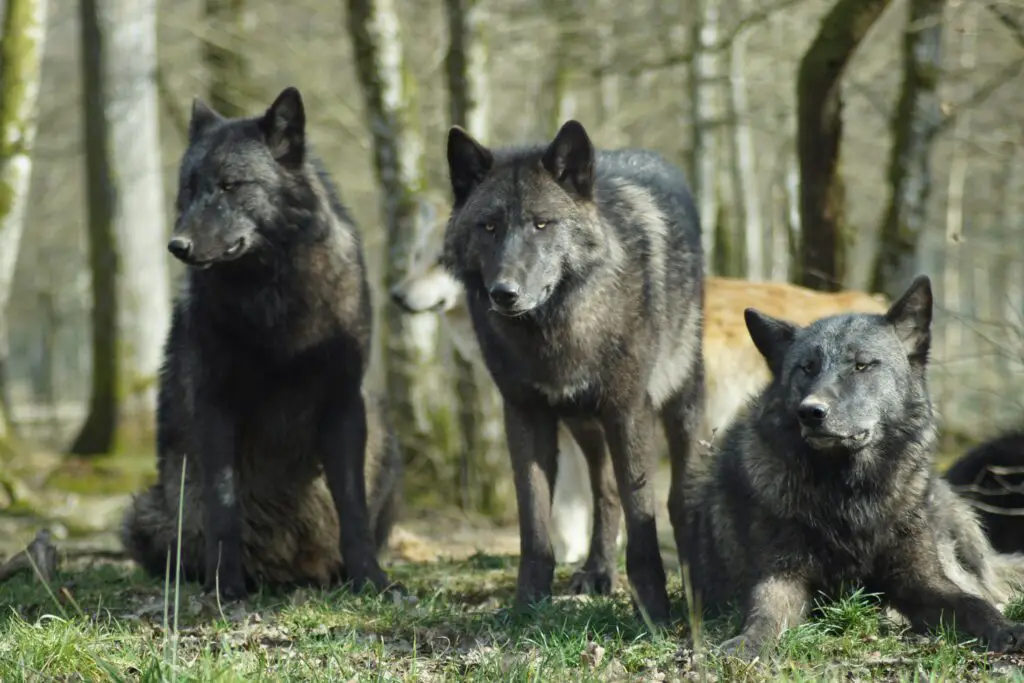
While wolves are generally shy around humans, encountering one in the wild can still be nerve-wracking. They live in packs and are highly territorial, especially during mating and pup-rearing seasons. If you’re hiking or camping in wolf country, make plenty of noise to alert them to your presence. Never approach or feed them—they’ll associate people with food, increasing the risk of future encounters.
10. Fire Ants: Tiny Terrors on the Ground
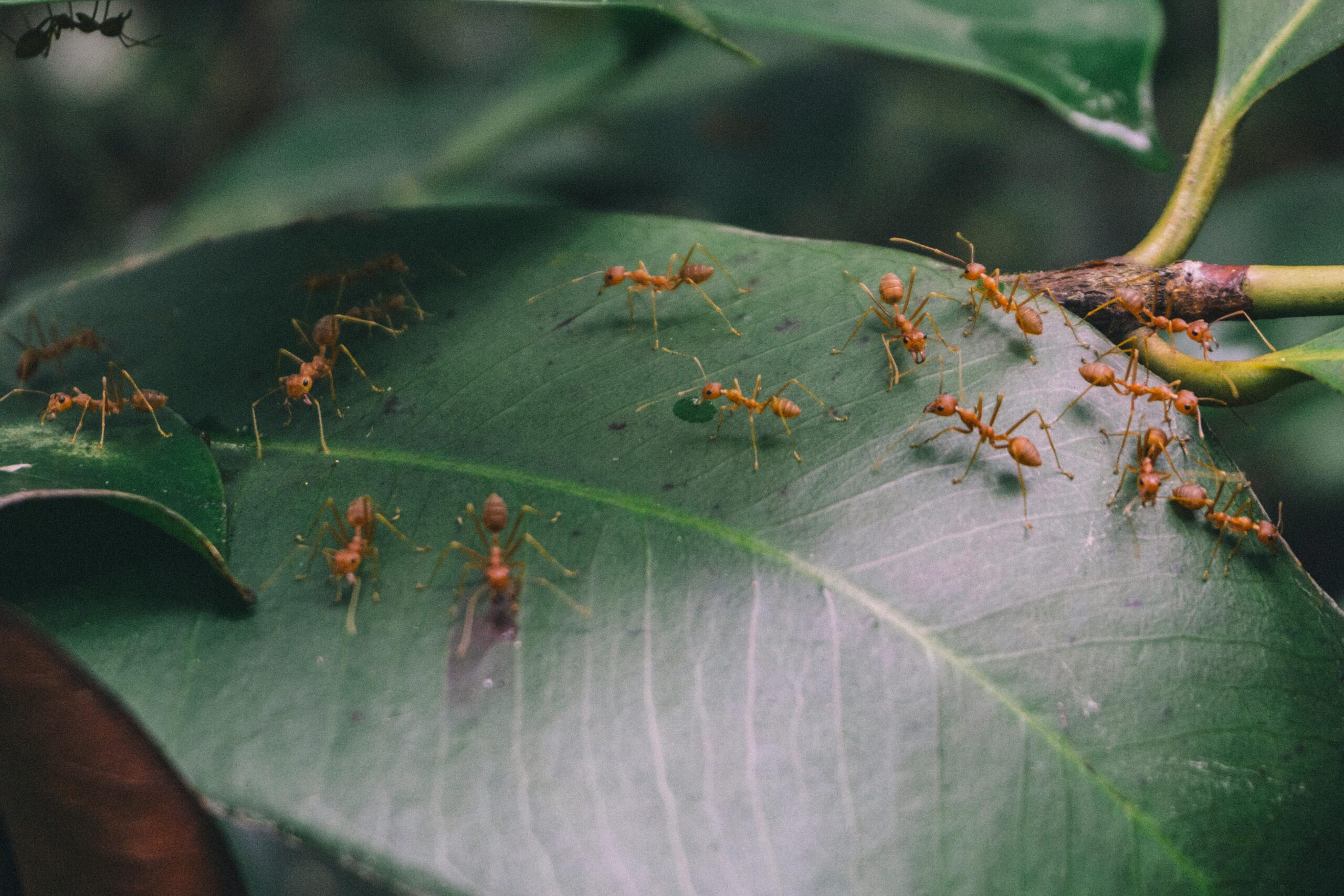
Fire ants don’t look intimidating, but their bites and stings are intensely painful. These invasive insects have spread throughout the southern U.S., creating massive mounds in yards, parks, and fields. Accidentally step on a nest, and you’ll get swarmed by hundreds of angry ants. The stings cause burning, itching, and sometimes allergic reactions. Wear shoes outdoors and watch your step in ant-prone areas.
11. Moose: Surprisingly Aggressive Giants
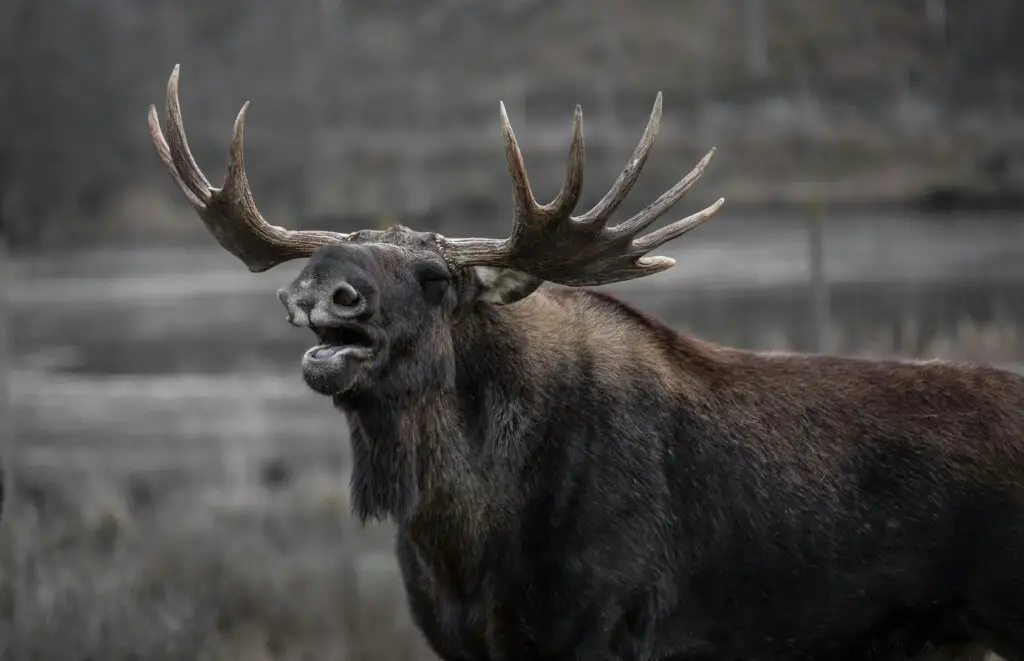
Moose may seem like harmless, lumbering vegetarians, but they’re one of the most dangerous animals in North America. Found in northern states and Alaska, they’re huge—up to 1,500 pounds—and surprisingly fast. A moose will charge if it feels threatened, and it’s not afraid to use its powerful hooves. If you see one, give it plenty of space, especially during mating season or if a calf is nearby.
12. Brown Recluse Spiders: The Reclusive Biter
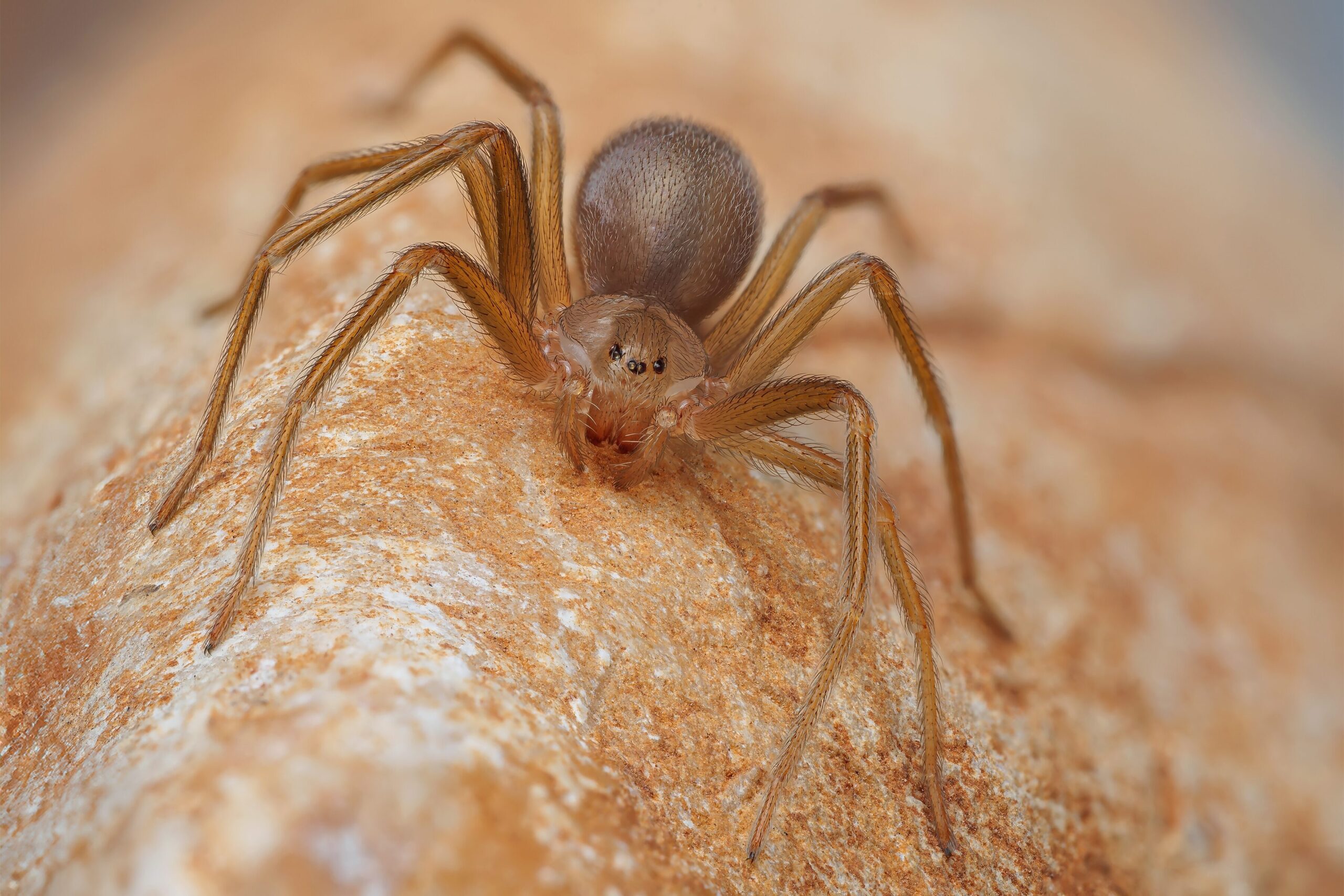
Brown recluse spiders love hiding in quiet, undisturbed places like closets, shoes, and basements. Found primarily in the Midwest and South, their bites are rare but can cause severe skin damage and systemic reactions. If you’re in their territory, shake out clothing and shoes before wearing them. Immediate medical treatment is essential if bitten.
13. Wild Boars: Dangerous and Destructive
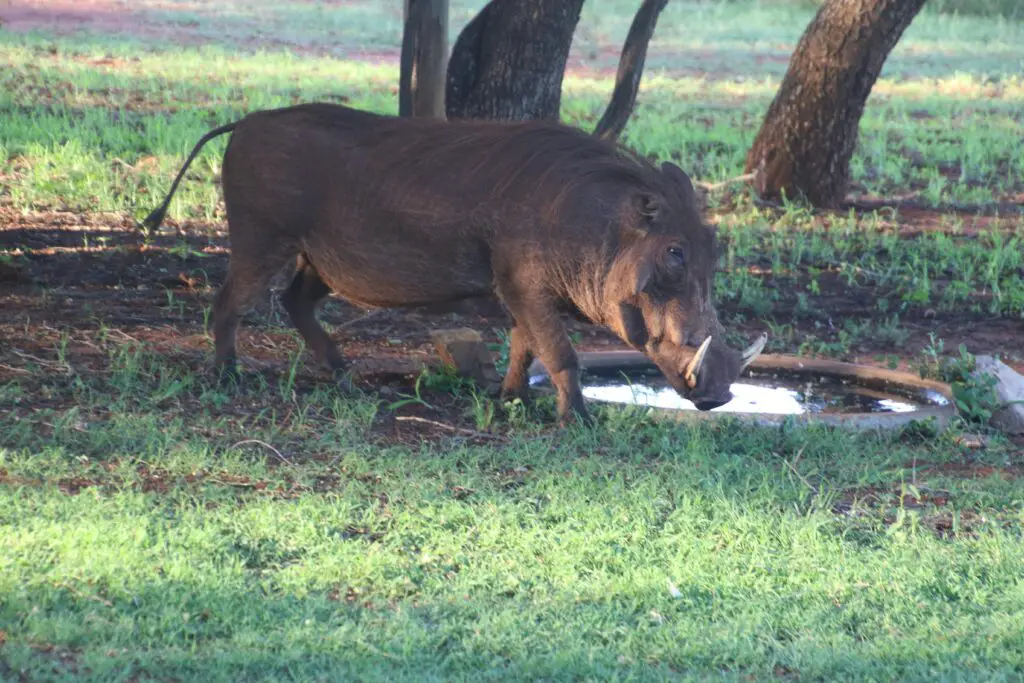
Wild boars, also called feral hogs, are invasive and aggressive animals found in many parts of the U.S., especially the South. They can weigh over 200 pounds and charge at anything they perceive as a threat, including humans. They’re destructive to crops and ecosystems and are known to carry diseases. If you encounter one, climb to safety or move away quickly—do not try to confront it.
14. Polar Bears: Kings of the Arctic
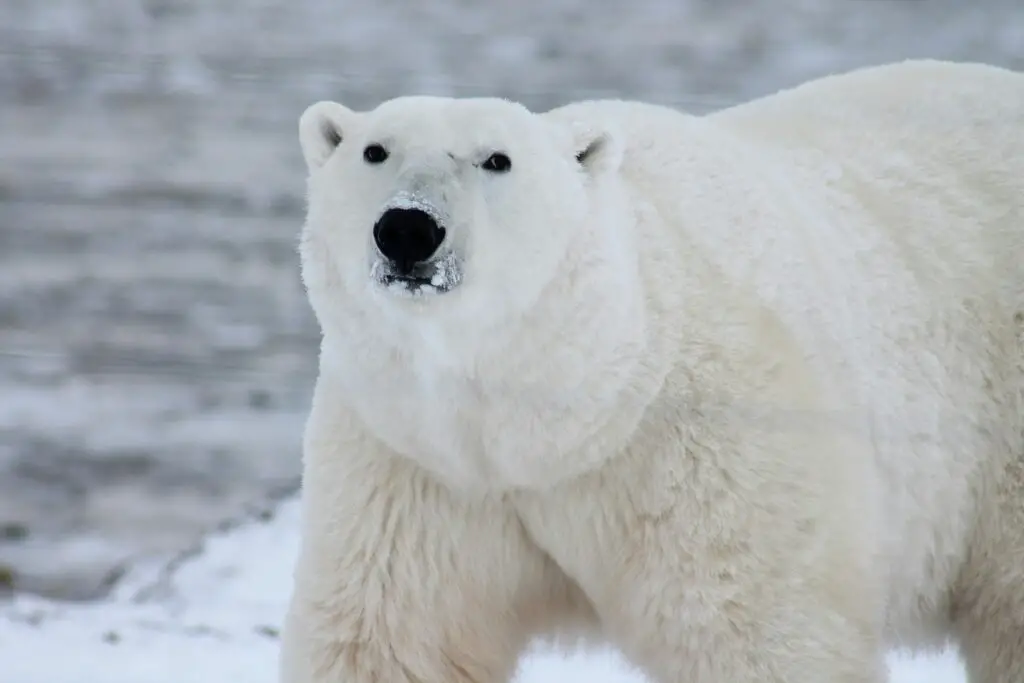
While not a concern for most Americans, those in Alaska’s Arctic regions should steer clear of polar bears. Unlike other bears, polar bears see humans as prey and are incredibly strong swimmers and hunters. Their insulated fur and fat keep them warm in freezing temperatures, making them unstoppable in their icy domain. If traveling in polar bear territory, always carry deterrents like bear spray and travel in groups.
15. Bison: Majestic but Moody
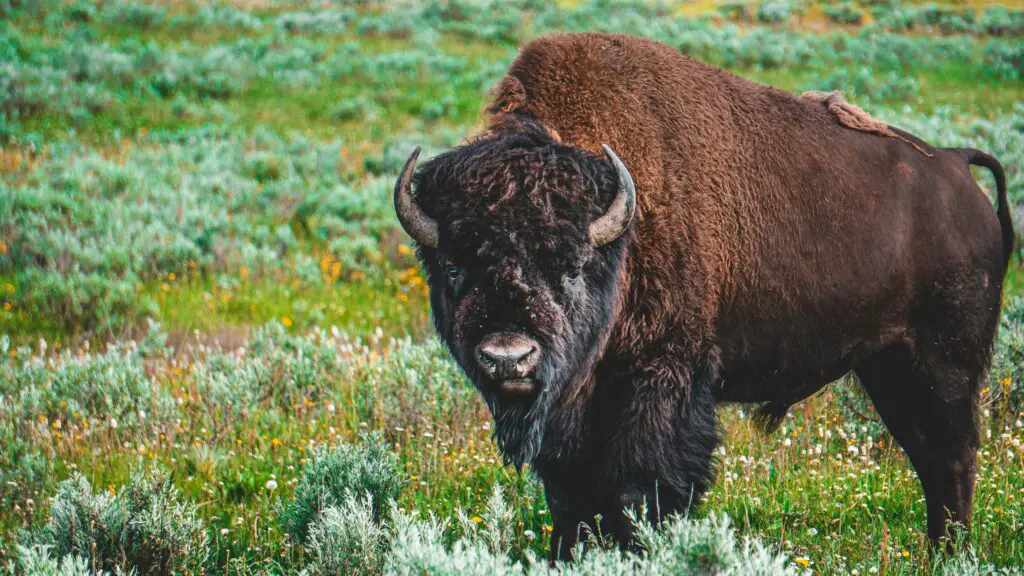
Bison, often associated with the Great Plains and Yellowstone National Park, are deceptively dangerous. Weighing up to 2,000 pounds, they can charge at speeds of 35 mph if provoked. Tourists often underestimate their speed and strength, getting too close for selfies. Bison view humans as threats if they invade their space, so keep at least 25 yards away—and more if they seem agitated.


